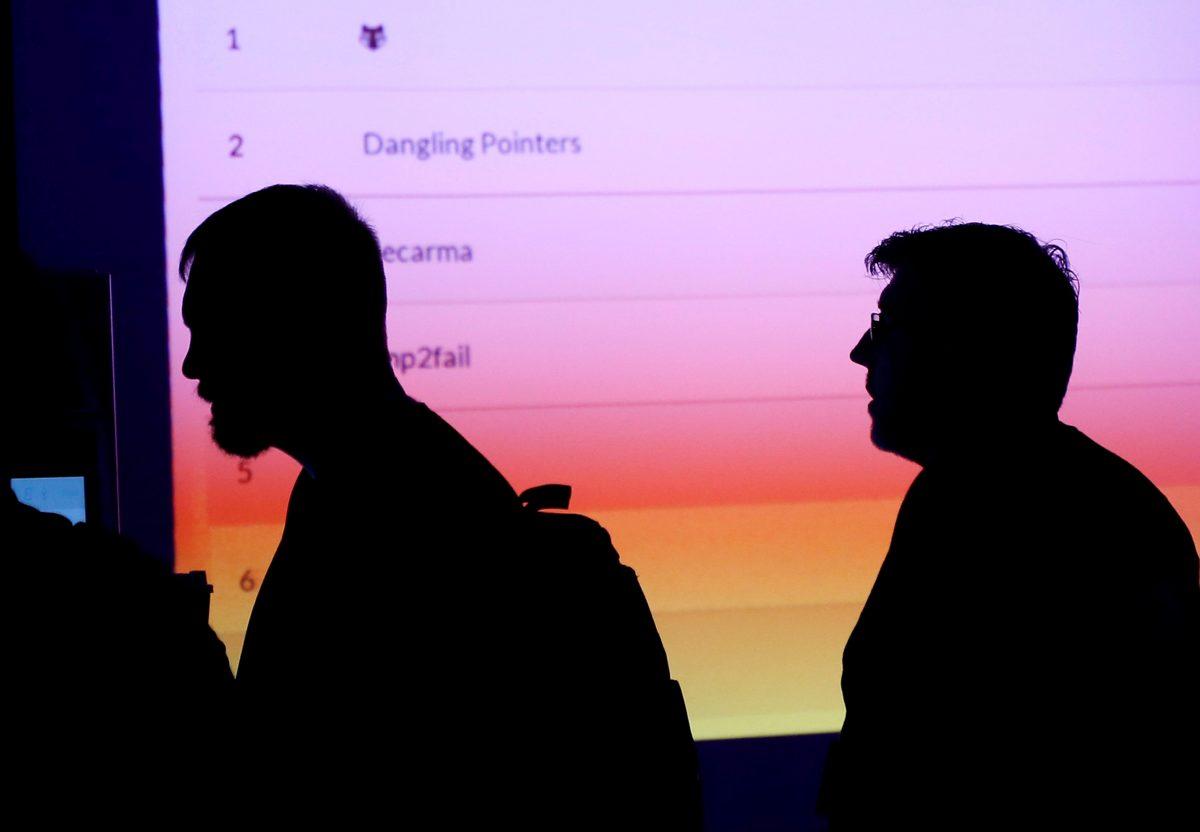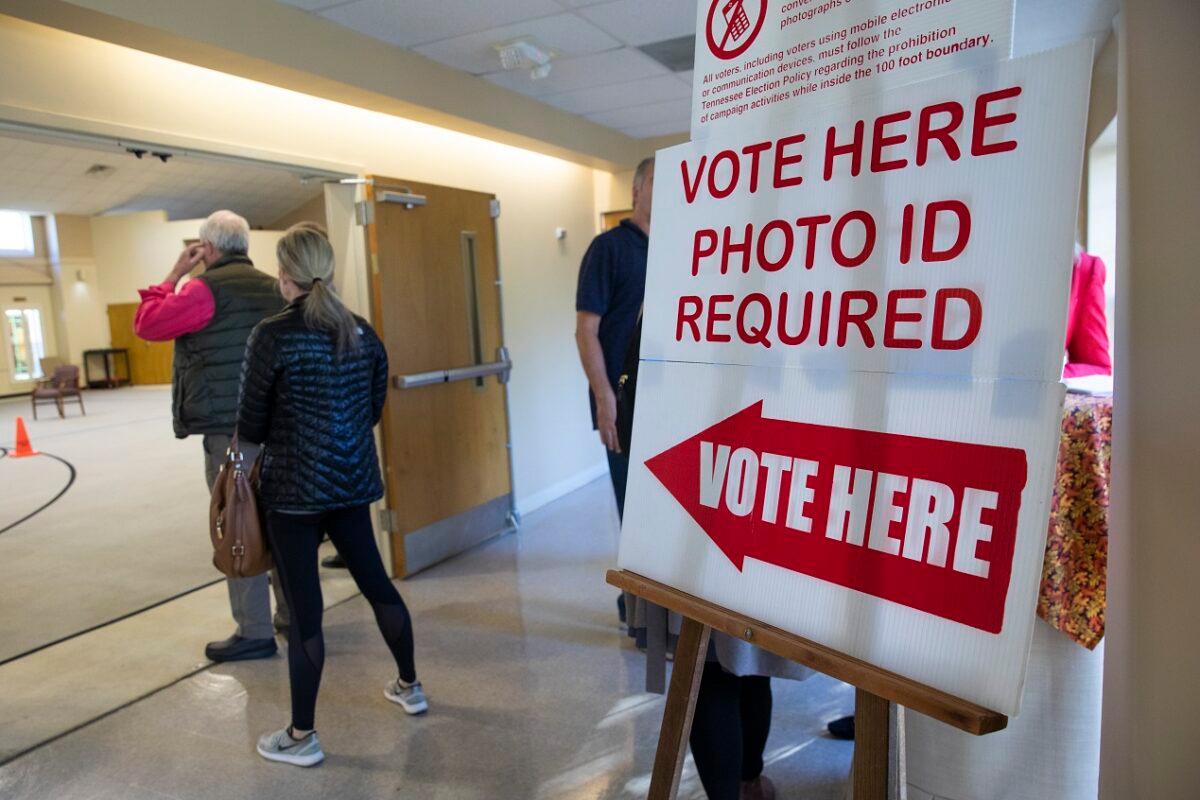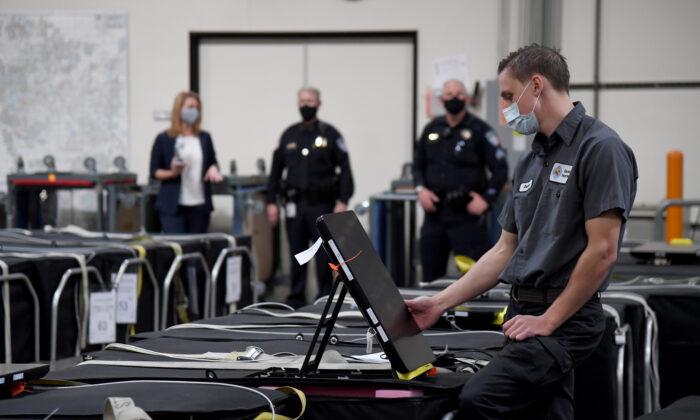Voting systems vendors should make U.S. election software open-source for anybody to view and analyze to prevent future manipulation of vote counts, according to Gary Miliefsky, executive producer of Cyber Defense Magazine and a founding member of the Department of Homeland Security.
Voters should be properly authenticated when they register to vote and cast their ballots to prevent election fraud, Miliefsky said on The Epoch Times’ “Crossroads” program.
https://youtu.be/i40qfFlrVJg
The election gear—the software and hardware—used during this year’s election in many cases was connected to the internet, in violation of Federal Election Commission (FEC) regulations enacted in 2014 that bar any internet connectivity, including wireless, Miliefsky said.
He said that at least 30 states used technology that was able to get a software patch or update over the internet, Miliefsky said.
Other election anomalies also surfaced in various counties and states, such as “more people voted than registered to vote,” as well as hundreds of thousands of ballots with just one box marked for Democratic candidate Joe Biden that showed up at 4 a.m. on election night, Miliefsky said.
President Donald Trump has thousands of affidavits in his hands right now about election fraud across the nation, Miliefsky said.
Vulnerabilities

Every piece of electronic equipment that is capable of connecting to the internet by either a wireless router or an Ethernet cable “is a vulnerable piece of equipment that can be hacked remotely,” either domestically or from other countries, Miliefsky said.
The media used to cover DEF CON events “every year and since 2018, they’ve quieted down,” Miliefsky said.
Hacking voting machines is easy if a hacker has physical access to a piece of equipment, Miliefsky said.
“You can pull out the hard drive and then get admin permission to change voting; you can change the way the equipment” allocates votes to candidates.
If one citizen casts a vote for one candidate, the voting system can either allocate only one vote to that candidate or allocate 200 votes to the candidate for the one citizen who voted, Miliefsky said. He added that the manipulation is hard to detect unless somebody has physical access to the hard drive and can forensically analyze it.
To make it even more difficult to detect, a vote-weighting algorithm can be used to assign only 0.8 votes to candidate A but 1.2 votes to candidate B, so that it isn’t “one person, one vote,” Miliefsky said.
In this weighted method, if five people voted for candidate A, that candidate would receive only four votes. If five people voted for candidate B, he or she will receive six votes for the five that were cast. Essentially, 20 percent of votes would be taken from candidate A and given to candidate B.
This algorithm is called the “salami method,” Miliefsky said, as it resembles slicing salami into thinner or thicker pieces. Some people may get sandwiches with thinner slices while others will get thicker pieces, he added. Algorithms can be even more complex and sophisticated, according to Miliefsky.
Hackers also were able to connect remotely to the voting gear over the internet and send updates and patches that changed the way the machines functioned, Miliefsky said.
“I believe in this election, there was a patch update at least on the Dominion System in 30 states, where the patch needs to be reviewed and analyzed,” he said. “The Department of Justice needs to get a hold of the Dominion gear that was used in all these states” and other vendors’ gear as well and “analyze why were they connected to the internet, which violates the FEC’s ruling from 2014.”
According to Miliefsky, no algorithms should be used in vote counting: voting systems “should not be complex. It should be simple code; instead, it’s algorithmic code that already is a red flag.”
How to Restore Election Integrity

Software and related patches and fixes should be open source, so it’s available for all citizens to read and understand how it functions, and mathematicians, computer scientists, and cybersecurity experts can validate if they work properly, Miliefsky said.
Currently, no election software used across America is available for public view or for experts to explore, he added.
To prevent fraud in the U.S. election, Miliefsky recommends using a driver’s license and something like fingerprints to register to vote, which is called multi-factor authentication.
Multi-factor authentication on voting would ensure that a person actually voted at a polling station, got only one vote, and that his or her vote counted, Miliefsky said.
During “Operation Iraqi Freedom, after billions of dollars were spent, we gave a small country in the Middle East the ability to have un-hackable votes that we don’t have here in America,” he added.






